 September
27
September
27
Tags
Drawing with Light: The Photographs of Olive Cotton
 On the 27th of September 2003, modernist photographer Olive Cotton died in Koorawatha, New South Wales, Australia. Her work shows an interchange between the pictorialist style and ‘modernism’ (New Photography), which superseded the former in Australia in the 1930s. Cotton was introduced to the arts, science and a love of nature at an early age. Her mother, Florence, played the piano and painted, and her geologist father, Leo, had a keen interest in photography. The family home was set on 20 acres of natural bushland in the outer Sydney suburb of Hornsby. Cotton’s passion for photography was born when she was given her first camera at age 11. Taught the basics by her father, she took photographs whenever possible. In 1924, while on an annual family holiday at Sydney’s Newport Beach, New South Wales, Cotton met Max Dupain, with whom she was to develop a close relationship based on photography.
On the 27th of September 2003, modernist photographer Olive Cotton died in Koorawatha, New South Wales, Australia. Her work shows an interchange between the pictorialist style and ‘modernism’ (New Photography), which superseded the former in Australia in the 1930s. Cotton was introduced to the arts, science and a love of nature at an early age. Her mother, Florence, played the piano and painted, and her geologist father, Leo, had a keen interest in photography. The family home was set on 20 acres of natural bushland in the outer Sydney suburb of Hornsby. Cotton’s passion for photography was born when she was given her first camera at age 11. Taught the basics by her father, she took photographs whenever possible. In 1924, while on an annual family holiday at Sydney’s Newport Beach, New South Wales, Cotton met Max Dupain, with whom she was to develop a close relationship based on photography.
In 1921, aged only 18, the artist joined the Sydney Camera Circle and Photographic Society. Under the guidance and encouragement of photographers such as Harold Cazneaux and Cecil Bostock she was ready for her first exhibition within only three year . Then, from mid-1934 until 1940 she worked as Max Dupain’s assistant in his largely commercial studio in Bond Street, Sydney, where she developed a very personal approach which concentrated on capturing the play of light on inanimate objects and in nature. She would often use her Rolleiflex camera to secure unposed reactions while Max set up the lighting for a portrait. Her style soon became distinguishable from that of other modernist photographers’ of her time.  “…Cotton’s interpretation of modernism was idiosyncratic – gentler and less hierarchical than that of other practitioners of the period. Cotton did not seek out exotic or even dramatic subject matter (she only made one interstate trip in her life, to Tasmania as a teenager). Typically she photographed what she knew best and gave her subject her full attention. Cotton’s work is also distinguished by an abiding love of nature, evident in her landscapes as well as in her numerous flower studies.” (Helen Ennis, Intersections: Photography, History and the National Library of Australia)
“…Cotton’s interpretation of modernism was idiosyncratic – gentler and less hierarchical than that of other practitioners of the period. Cotton did not seek out exotic or even dramatic subject matter (she only made one interstate trip in her life, to Tasmania as a teenager). Typically she photographed what she knew best and gave her subject her full attention. Cotton’s work is also distinguished by an abiding love of nature, evident in her landscapes as well as in her numerous flower studies.” (Helen Ennis, Intersections: Photography, History and the National Library of Australia)
For Cotton “the relationship with nature represented a desire for simplicity, authenticity and purity which were threatened by the demands of a modern (and implicitly decadent) urban life. […] Olive Cotton’s modernist photography from the late 1930s had little to do with the urban environment, focusing instead on portraiture, studies of nature and landscapes. Solace was to be found in nature but through a contemplative rather than active engagement with it. Cotton’s female subjects are memorable for their states of rapt interiority — in The Sleeper, one of her best known images, the woman is shown to be completely relaxed in the bush setting she loved, a sprig of wattle pinned  to her blouse. In Cotton’s landscapes and nature studies from 1937-9 her interest in the structural elements of the natural world was paramount. This detached scrutiny of natures forms, proportions and patterns was derived from scientific method (her father was a geologist and she had a background in mathematics), as well as an interest in the visual arts. The style of the New Photography — its sharpness and unusual vantage points, especially the close-up and up-shot — provided the perfect means for enhancing what she saw.” (Helen Ennis, Photography and Australia)
to her blouse. In Cotton’s landscapes and nature studies from 1937-9 her interest in the structural elements of the natural world was paramount. This detached scrutiny of natures forms, proportions and patterns was derived from scientific method (her father was a geologist and she had a background in mathematics), as well as an interest in the visual arts. The style of the New Photography — its sharpness and unusual vantage points, especially the close-up and up-shot — provided the perfect means for enhancing what she saw.” (Helen Ennis, Photography and Australia)
The common threads of Cotton’s work are her use of light and form, keen observation skills and equal treatment of subject matter. Her 1935 photograph, Tea cup ballet, is a case in point. This is arguably her most famous work. Despite the growing popularity of colour photography, even in later stages of her career, once she had been rediscovered in the 1980s, Cotton remained faithful to her favourite medium – black-and-white photography. In a 1988 interview with Diana Ritch she stated: “I still prefer black-and-white photography, because I think it makes more use of light than colour photography does. I think they’re two different mediums almost. And I think that photography is really drawing with light and that is my greatest interest.” (Barry York, Speaking of Us: Voices from Twentieth-century Australia). Explore the art of Olive Cotton HERE.
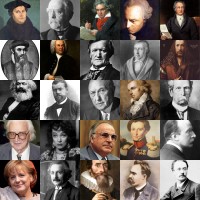


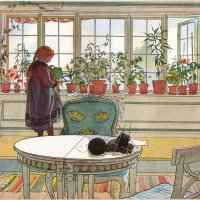
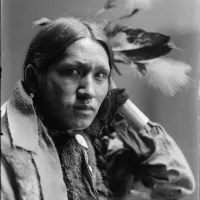
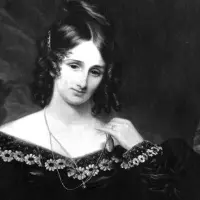
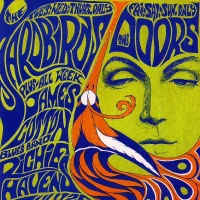
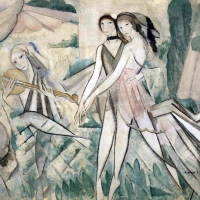
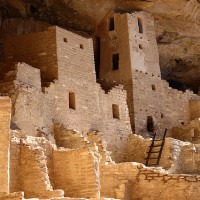
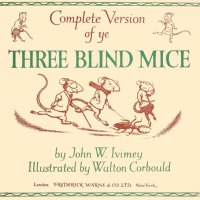
Thank you for introducing me to her work I will definitely find out more
LikeLiked by 1 person
Really interesting. Thank you! -Jennie-
LikeLiked by 1 person
What beautiful work
LikeLike
Reblogged this on Greek Canadian Literature.
LikeLike